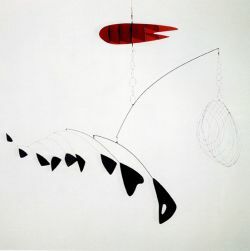Abstract art is a movement of plastic arts whose most striking feature is the representation of shapes in a non-real way.
In abstract art, the representation of images is distanced from reality. In works from this period, the form and representation of reality are less important than the work's ability to allow for different interpretations in relation to feelings and emotions.
The movement is considered a form of opposition to the movements of the European avant-garde, mainly to realism, both in painting and in sculpture and engraving. It appeared in Europe in the 19th century and the Russian painter Wassily Kandinsky is considered the first representative of this movement.
It mixes influences from the Cubist, Expressionist and Futurist movements. The movement has also become known as abstractionism, "non-representational" art, geometric abstraction, or "non-representational" art.
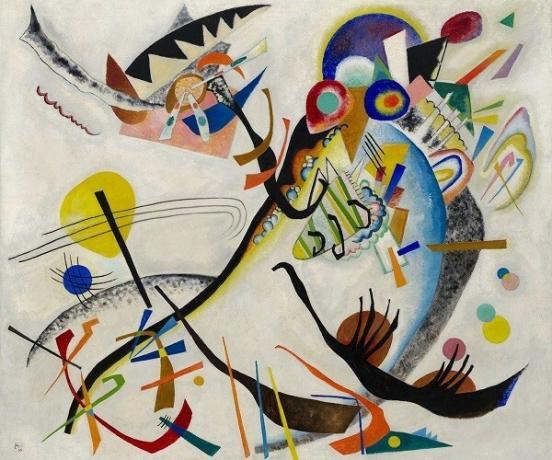
know more about expressionism and characteristics of expressionism.
Features of abstract art
As abstractionism is not committed to representing reality, one of its most striking characteristics is to be a counterpoint to the concept of realistic art. Thus, the works are more conceptual and move away from what was known as classical art.
The works can have elements related to emotion or intuition, as a form of freedom of expression of the artist, with no need to represent a figure and no commitment to transmitting reality. In many works the representation is of a feeling.
As such, another characteristic of abstract art is freedom, both for the artist and for the public, who are free to appreciate and interpret the work, without compromising with reality.
O use of geometric shapes, straight and curved lines and many colors is also very present, especially in painting. The shapes are simpler and the contrast between colors, lights and shadows is used a lot.
By having these unreal and distant characteristics from reality, abstract art also allows many different interpretations to be made about the meaning of the works.
Types of Abstract Art
Abstract art is divided into two different types, also called strands: geometric abstractionism and informal abstractionism
geometric abstractionism
Abstract geometric art had a great influence from the Cubist and Futurist movements, with the use of geometric shapes and with a more rational and hard character in the representations. Lines and colors are used to represent and form geometric figures.
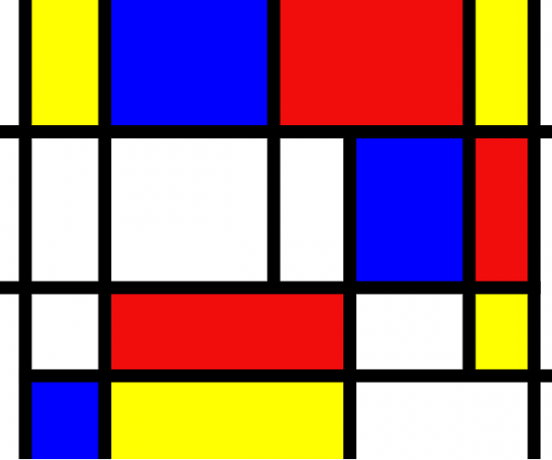
Piet Mondrian - Composition in Red, Blue and Yellow (1930)
informal abstractionism
Informal abstract art has different characteristics. Informa abstractionism was heavily influenced by the expressionist movement.
The art produced in this aspect has the presence of more sentimental elements, in addition to more freedom in the form of artistic expression.
In informal abstract art, unlike what happens in geometric art, the colors and shapes used represent the internal universe of emotions, feelings or sensations.
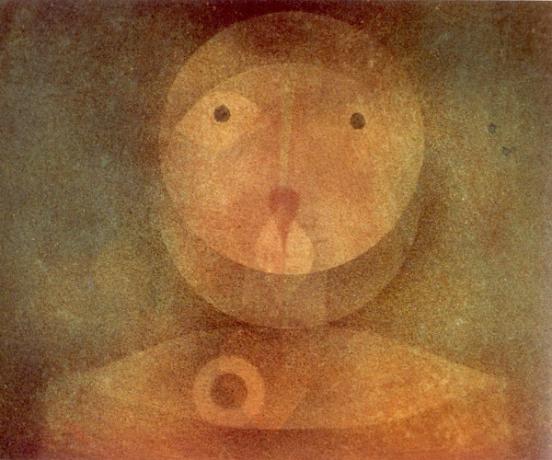
Abstract art in Brazil
In Brazil, abstract art began to emerge in the 50s, mainly due to the influence of painters Antônio Bandeira and Cícero Dias, who, after living in Europe, took abstractionism to the Brazil.
The movement took hold in the country in the following decade, mainly after the São Paulo Biennial editions, throughout the 60s.
Artists in Abstract Art
Many artists stood out in abstract artistic production, especially in painting, sculpture and plastic arts.
Meet some of them:
- Wassily Kandinsky (painting),
- Paul Klee (painting),
- Piet Mondrian (painting),
- Henry Moore (sculpture),
- Jackson Pollock (painting),
- Jorge Oteiza (sculpture),
- Tomie Ohtake (painting, sculpture and engraving),
- Eric Aho (painting).
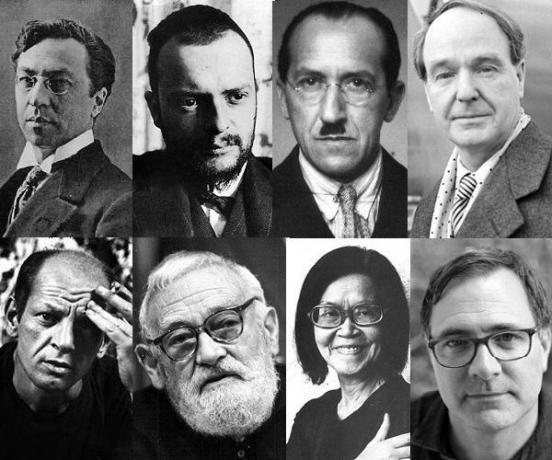
In Brazil they stood out as abstraction artists:
- Hélio Oiticica (painting, sculpture and plastic arts)
- Cicero Dias (painting),
- Antônio Bandeira (painting),
- Lygia Clark (painting and sculpture),
- Waldemar Cordeiro (plastic arts),
- Iberê Camargo (painting and engraving).
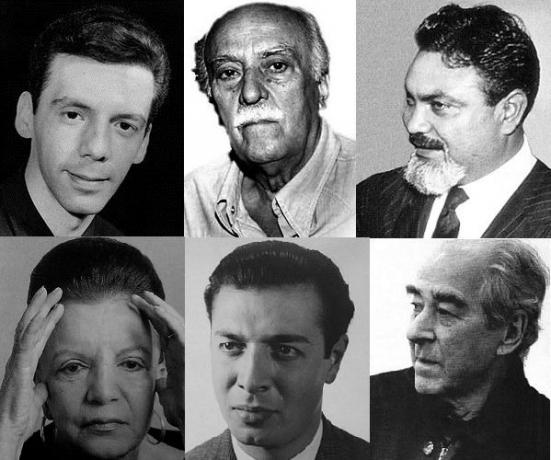
See also the meanings of abstractionism, Realism, Art, Modern Art and read about The Types of Art.

